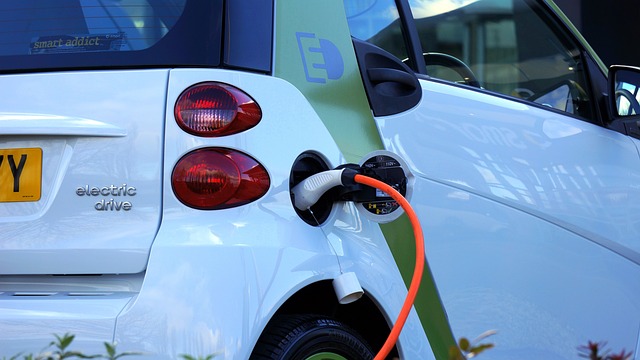
Image by VariousPhotography from Pixabay
According to one owner, an all-electric Tesla Cybertruck will munch its way through a set of tyres in just over 6,000 miles.
The Cybertruck, if you’re not familiar with it, is an American pick-up truck behemoth with pretty divisive styling. And as the vehicle has been criticised for a number if design flaws, it could be that the excessive tyre wear is down to that.
Or is faster tyre wear is inevitable with electric vehicles (EVs)? According to PC Mag, electric vehicle owners see 30% faster tyre wear. That’s down to a combination of higher weights and faster acceleration.
The faster tyre wear is a concern, given the impact on owners’ wallets and the environment.
However, let’s take a step back. How much of that extra wear is really attributable to electric power?
The weight factor
Other things being equal, it’s inevitable that heavier vehicles have faster tyre wear. It’s also undeniable that EVs are heavy.
As an example, take the Vauxhall Corsa. The 2020 petrol version tips the scales at 1100 kg. The electric version is 345kg heavier, which is mostly down to the battery pack. That’s a huge increase.
But there’s another way of looking at this. Electrification could be seen as part of a general trend of cars getting heavier. When the Vauxhall Nova was introduced in 1993, it had a kerb weight of 989kg. Ten years before that, its predecessor, the Vauxhall Nova, weighed just 739kg.
And that weight increase is just within one type of car. We also need to consider that small hatchbacks are being replaced on our roads by heavier family hatchbacks and crossovers. SUVs, which are typically heavier than a saloon car equivalent, now account for 60% of new car sales. If we ever follow the US passion for pick-up trucks, expect our vehicle weights to increase even more.
In short, we’re driving roomier, safer, higher-tech cars than in the past, and it all adds to the lard. Electrification is just another addition (although a big one) to that shift.
The acceleration factor
The second factor wearing EV tyres down, we’re told, is all that extra torque. Many people who drive an EV for the first time are surprised by a jolt of instant acceleration, compared to a petrol or diesel-powered car. Over a period of time, acceleration kills tyres.
Yet, once again, you could see this as something that’s not specific to EVs. Let’s look at hot hatches as an example. An excellent Top Gear article traces the evolution of hot hatches through some iconic models. The first they list is the 1973 Simca 1100TI, which came equipped with 82 bhp and a 0-60 time of under 12 seconds. By 2002, the Ford Focus RS was almost twice as fast, getting to 60 in 6.3 seconds. The current Mercedes-Benz AMG A45 has 421 bhp and will hit 60 in 3.7 seconds.
So, clearly extra tyre-shredding power isn’t confined to electric cars.
The extra factor: driving style
Let’s go back to the Tesla Cybertruck for a second. Tesla provides both a ‘chill mode’ and a ‘beast mode’ for driving, the latter unleashing a staggering 845 bhp. The driver admits to using this “a few times”.
And maybe driving style is a big factor with tyre wear on electric vehicles. When you’ve got all that extra torque, it’s going to be fun to use it – but expect your tyres to wear faster as a result. Could it be that with more restraint, EV tyres will last longer?
Seb Goldin thinks so, and he should know. He’s the CEO of Red Corporate Driver Training, a major provider of driver education for fleet services in the UK.
“…driver behaviour is actually by far the most important factor too. EVs are able to get up to speed quicker, and while they are generally driven more slowly overall, from stationary they’re often accelerated harder, which wears the tyres out.”
Can driver behaviour really be that much of a factor? Well, apparently:
To help businesses manage the transition to EVs, Red has launched an EV familiarisation training course – and it says that following training, its clients see no more tyre wear for EVs than usual, provided they are driven properly and the unique characteristics of these vehicles are taken into account
[That’s our emphasis above, by the way].
Of course, laying off the go-pedal is easier said than done, but it does seem like when drivers make adjustments, EVs needn’t gobble up tyres!
Need the best tyres for your EV in South Oxfordshire?
At the time of writing, BK Tyres stocks over 6,400 different tyres. If you’re in South Oxfordshire, chances are we have a great tyre that meets your EV’s needs.
BK Tyres supplies and fits tyres throughout South Oxfordshire, including the communities of Abingdon, Didcot and Henley on Thames. As an independent, family run mobile provider, we provide exceptional levels of service and affordable prices. Contact us today.
The BK Tyres blog carries news, views and information on tyres and related subjects.
